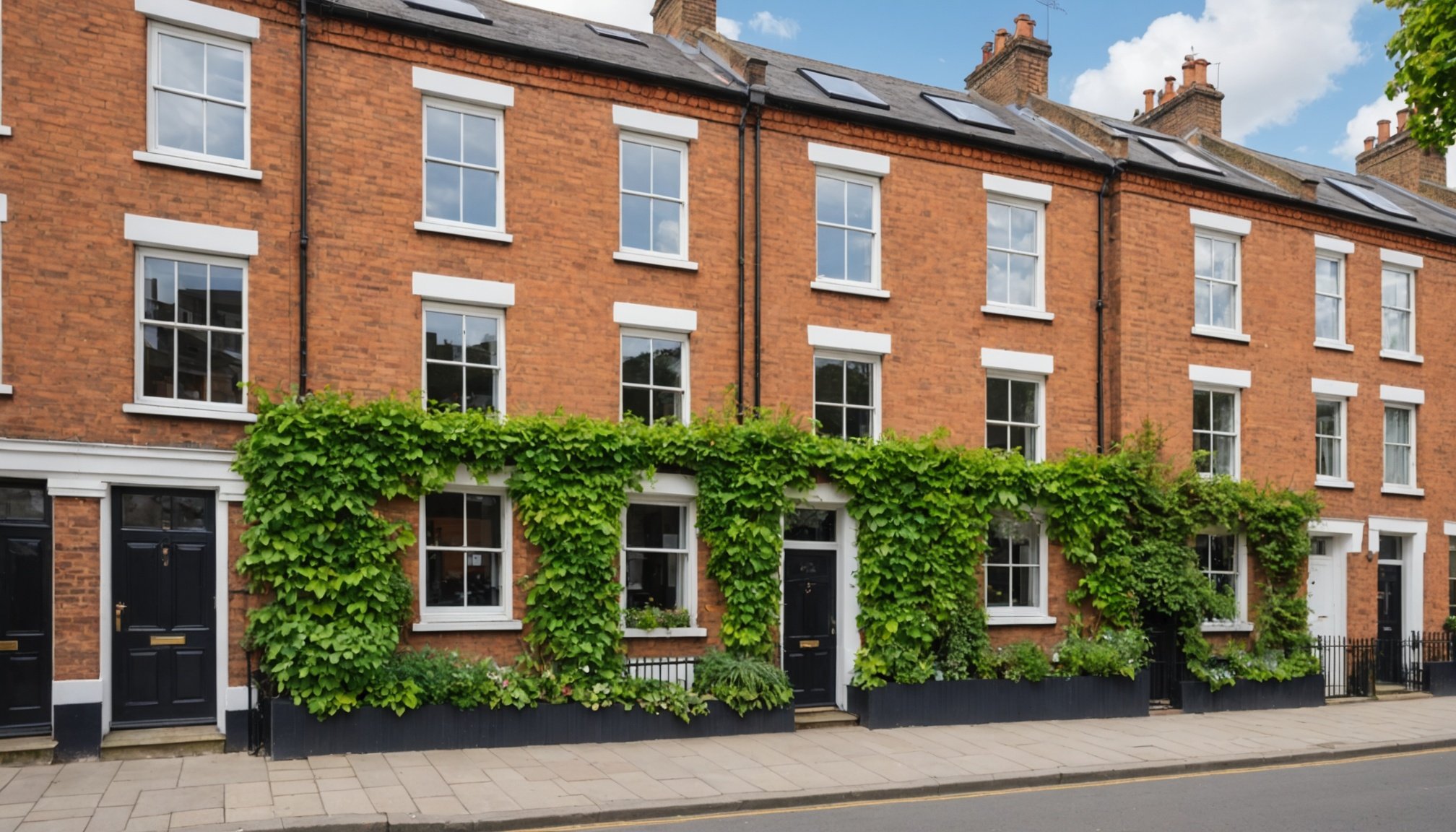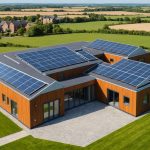Understanding Eco-friendly Renovations
Eco-friendly renovations are transforming homes with sustainability in mind. These green upgrades play a pivotal role in reducing energy consumption, lowering utility bills, and minimising our carbon footprint. Retrofitting homes for sustainability not only contributes to environmental preservation but often enhances property value and livability.
Home sustainability can be achieved through various eco-friendly upgrades. Common projects include improving insulation, installing energy-efficient windows, or upgrading to solar-powered systems. Each of these enhancements enhances energy efficiency and can significantly reduce energy bills over time. Moreover, utilising sustainable materials, like bamboo and reclaimed wood, adds both aesthetic value and environmental benefits. These materials tend to be robust and provide a beautiful, yet sustainable, alternative to conventional options.
Topic to read : Embracing sustainability: a guide for uk property owners to capitalize on emerging eco-friendly living trends
When considering eco-friendly renovations, homeowners should weigh initial costs against long-term savings and the intrinsic value of sustainable living. Retrofitting can lead to significant reductions in energy use, offering environmental and financial rewards. With an increasing number of government incentives and technological advancements, eco-friendly renovations are becoming more accessible and attractive to a wide audience. By taking a detailed and systematic approach to eco-friendly renovations, homeowners can play a crucial role in promoting sustainability and reducing their home’s ecological impact.
Financing Options for Green Upgrades
When it comes to funding eco-friendly projects, exploring the right financing options is crucial for success. Government grants can significantly reduce the initial costs involved in home retrofitting. These grants are typically designed to encourage homeowners to improve energy efficiency and reduce environmental impacts. They vary by location and often prioritise low-income households, promoting accessibility to eco-friendly renovations.
Have you seen this : Revamping uk homes for multi-generational living: a comprehensive landlord”s blueprint for enhancement
Apart from grants, several eco-friendly financing products are available, including low-interest loans tailored specifically for sustainable projects. Organisations and financial institutions often offer these loans to support green home improvements. Such loans may cover various expenses, such as solar panel installation or upgrading to energy-efficient appliances.
Community programs and initiatives also provide innovative green home loans. These initiatives engage local stakeholders to offer support through co-op schemes or zero-interest loans. Homeowners can tap into these resources to make eco-friendly transitions feasible and financially manageable.
With multiple avenues to explore, evaluating government grants, loans, and community initiatives is essential. Homeowners should assess their specific needs and opportunities within their locality to make informed decisions, ensuring a smooth transition towards greener living at a manageable financial commitment.
Step-by-Step Guide to Implementing Renovations
Embarking on eco-friendly renovations requires deliberate planning and a systematic approach to ensure successful outcomes.
Assessing Your Home’s Current State
Begin with an energy audit to evaluate your home’s existing conditions. This vital step identifies inefficient areas, potential improvements, and prioritises upgrades. An audit provides a comprehensive overview, ranging from insulation levels to window efficiency. Engage a professional to ensure a thorough assessment, forming the cornerstone of your renovation journey.
Planning Your Eco-friendly Upgrades
Craft a sustainable renovation plan anchored in the audit’s findings. Outline priorities based on environmental impact and budget constraints. Consider options like energy-efficient lighting, solar panels, or water-saving fixtures. Strategise for both immediate upgrades and long-term goals, ensuring a holistic approach to sustainability. This methodical planning reduces unforeseen expenses and optimises overall benefits.
Engaging with Local Contractors
Selecting the right contractors is crucial for executing green upgrades effectively. Seek professionals specialising in eco-friendly renovations with proven expertise. Request portfolio examples and verify previous client reviews for insight into their capability and reliability. Clear communication on expectations and goals fosters a smooth, collaborative relationship, crucial for achieving the desired transformation. Investing time in this selection process ensures that your home sustainability aspirations become a reality.
Case Studies: Successful Eco-friendly Retrofits
Learning from case studies of successful eco-friendly renovations offers invaluable insights. One notable example is a series of homes in London that underwent comprehensive green retrofits, showcasing how thoughtful investments in green upgrades can transform urban living spaces.
These case studies illustrate effective strategies in eco-friendly renovations. Homeowners implemented energy-efficient solutions like high-performance insulation, triple-glazed windows, and solar panels, improving home sustainability and reducing energy costs. The projects also incorporated sustainable materials such as bamboo flooring and reclaimed bricks, contributing to environmental conservation.
A significant aspect of these successful renovations was the innovative funding strategies employed. Homeowners combined government grants and eco-friendly financing options, such as low-interest loans tailored to sustainable developments. Additionally, community initiatives offered support through co-op schemes and zero-interest loans, making these projects financially feasible.
Lessons learned highlight the importance of meticulous planning and community involvement. Homeowners emphasized the value of collaborating with experienced contractors and leveraging local resources. These elements collectively facilitated a seamless transition towards more sustainable living environments.
By examining these case studies, other homeowners are encouraged to embark on their own eco-friendly renovation journeys, equipped with practical insights and proven strategies.
Resources for Homeowners
Navigating eco-friendly renovations can be complex, but numerous resources are available to support homeowners. Here are some valuable tools and contacts to help guide your green retrofit journey.
Online Resources for Grants and Loans
Several websites offer comprehensive databases and guides for locating funding options such as government grants and eco-friendly financing. These platforms provide up-to-date information on available incentives tailored for sustainable projects and green home loans. Be sure to check out government websites specific to your region for the most accurate and localised resources.
Local Environmental Organisations
Engaging with local groups can provide community support and insider knowledge on environmentally friendly practices. Local environmental organisations often host workshops, offer advice, and can connect you with trusted contractors specialising in home sustainability efforts. They may also have insights into lesser-known funding programs and initiatives.
Recommended Reading
For those eager to expand their understanding, numerous books and articles delve deeper into eco-friendly renovations and sustainable living. These materials can equip you with a more profound knowledge of green technologies and practices, helping you make informed decisions during your renovation process.






